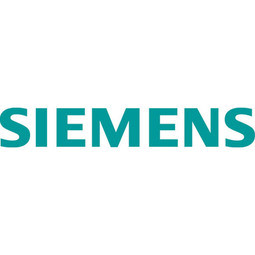Case Studies.
Add Case Study
Our Case Study database tracks 8,303 case studies in the global enterprise technology ecosystem.
Filters allow you to explore case studies quickly and efficiently.
Filters
-
(1)
- (1)
-
(1)
- (1)
- (1)
- (1)
- (2)
- (1)
Selected Filters

|
Siemens | Using Machine Learning to Get Machines to Mimic Intuition
The ability to learn is a precondition for autonomy. With this in mind, Siemens researchers are developing knowledge networks based on deep learning-related simulated neurons and connections. Such networks can be used to generalize information by identifying associations between extraordinarily complex realms, such as the publicly accessible Internet and a company’s internal information systems. Far-reaching and generic, this technology appears to hold the potential of mimicking what humans call intuition.
|
|

|
versiondog on the Trial of Big Bang
Backing up and monitoring of Industrial control system programs for the Large Hadron Collider (LHC) at CERN near Geneva, the world´s largest particle accelerator, has been entrusted to the data management system versiondog. The European Organization for Nuclear Research uses the system to manage the data of around 500 components, making versiondog one of CERN's standard technologies.
|
|

|
Artificial Intelligence and the implications on Medical Imaging
There are several factors simultaneously driving integration of AI in radiology. Firstly, in many countries around the world there is a discrepancy between the number of doctors trained in radiology and the rising demand for diagnostic imaging. This leads to greater demands for work efficiency and productivity. For example, the number of radiology specialists (consultant work- force) in England went up 5% between 2012 and 2015, while in the same period the number of CT and MR scans increased by 29 and 26 percentage points respectively. In Scotland, the gap widened even further (The Royal College of Radiologists 2016). Today, the average radiologist is interpreting an image every three to four seconds, eight hours a day (Choi et al. 2016).Secondly, the image resolution of today’s scanners is continuously improving – resulting in an ever greater volume of data. Indeed, the estimated overall medical data volume doubles every three years, making it harder and harder for radiologists to make good use of the available information without extra help from computerized digital processing. It is desirable, both in radiological research and in clinical diagnostics, to be able to quantitatively analyze this largely unexploited wealth of data and, for example, utilize new measurable imaging biomarkers to assess disease progression and prognosis (O’Connor et al. 2017). Experts see considerable future potential in the transformation of radiology from a discipline of qualitative interpretation to one of quantita- tive analysis, which derives clinically relevant information from extensive data sets (“radiomics”). “Images are more than pictures, they are data,” American radiologist Robert Gillies and his colleagues write (Gillies et al. 2016). Of course, this direction for radiology will require powerful, automated procedures, some of which at least will come under the field of artificial intelligence.
|
|

